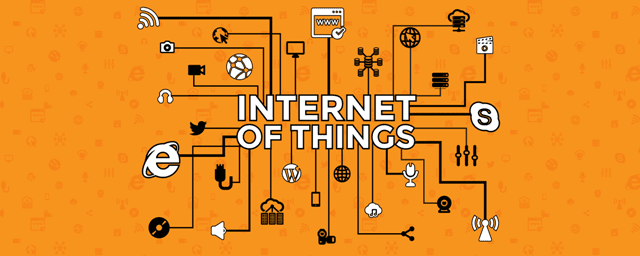
Internet of Things (IoT) is one of the hottest tech topic these days. Due to extensive discussion on this topic, some myths have also surfaced and created doubts in people’s mind.
In this article, we will highlight some of the most common myths and get the fact straight so that the next time you hear the term internet of things you know exactly what is fact and what is a myth. Without further delay, let us get started.
Myth#1: IoT is All About Sensors
Although, sensors play an important role in making IoT devices effective but there are many other devices such as routers, hosts, and nodes that complete the circuit.
Without the aforementioned devices, sensors will be of no use. IoT also encompasses maintenance, support, and management of devices. Some devices can be controlled remotely. Simply put, the world of IoT goes well beyond sensors.
Myth#2: There Is No IoT Standard
Many people think that IoT does not have a standard. Well, this is a misconception. There are many IoT standards in works but most of them are derived from either existing technologies or use existing technologies such as MQTT, IPv6 and 802.15.4.
Although, this is true that there is no single IoT standard that governs all the devices but saying that there exist no IoT standard is injustice and totally wrong.
Myth#3: IoT Cannot Be Secured
One of the biggest issues with IoT is the data security and privacy. It is a major cause of concern for the security professional to secure IoT data. IoT devices can also be attacked remotely, which makes them more vulnerable to cyber attacks.
Chip manufacturers like ARM are dealing with this security issue by incorporating hardware security features in the chip itself. Developers can take advantage of this hardware security and make IoT more secured than before.
Additionally, they will also have to ensure that platform they are using to develop IoT software and the application itself is bug-free otherwise, all the efforts to beef up security will go down the drain.
Myth#4: IoT Is Machine-To-Machine Communication
Another misconception among many people’s mind about IoT is that it is all about machine-to-machine interaction. Although, this is true to some extent as most data transfers take place between two devices. In an IoT device network, there are one or multiple hosts which act as the central control system.
Remote monitoring and controlling is also a possibility therefore, it is not just machine-to-machine communication. You can also control IoT devices with your smart-phone through a dedicated app.
Myth#5: IoT Is Vendor Dependent
You can also establish an IoT network with devices from multiple vendors and they will work as well as devices from the same vendor. Some vendors will give you access to their cloud databases to make your IoT device work efficiently while other vendors let you access devices directly.
There are many standards such as Thread and ARM mbed providing compatibility and support for devices from a wide range of vendors. It usually depends on the vendor how they want the data sharing mechanism to work and which protocols they use to make it possible.
Conclusion
Despite all the misconceptions and myths, the future of IoT looks brighter than ever. With advancement in technology, several issues that are hampering its wider adoption will be ironed out and IoT will surely be the next big thing in the world of technology.
After reading this article, you might be able to differentiate between the facts and myths about IoT and have a much better understanding of the topic than you had before reading this article.
Author Bio
Joseph Carey is a Technology Geek and a Blogging Enthusiast. For his love of technology, he is constantly looking for the latest trends in technology, IT, and IoT. He also provides help with essay writing to students in every corner of the world.
